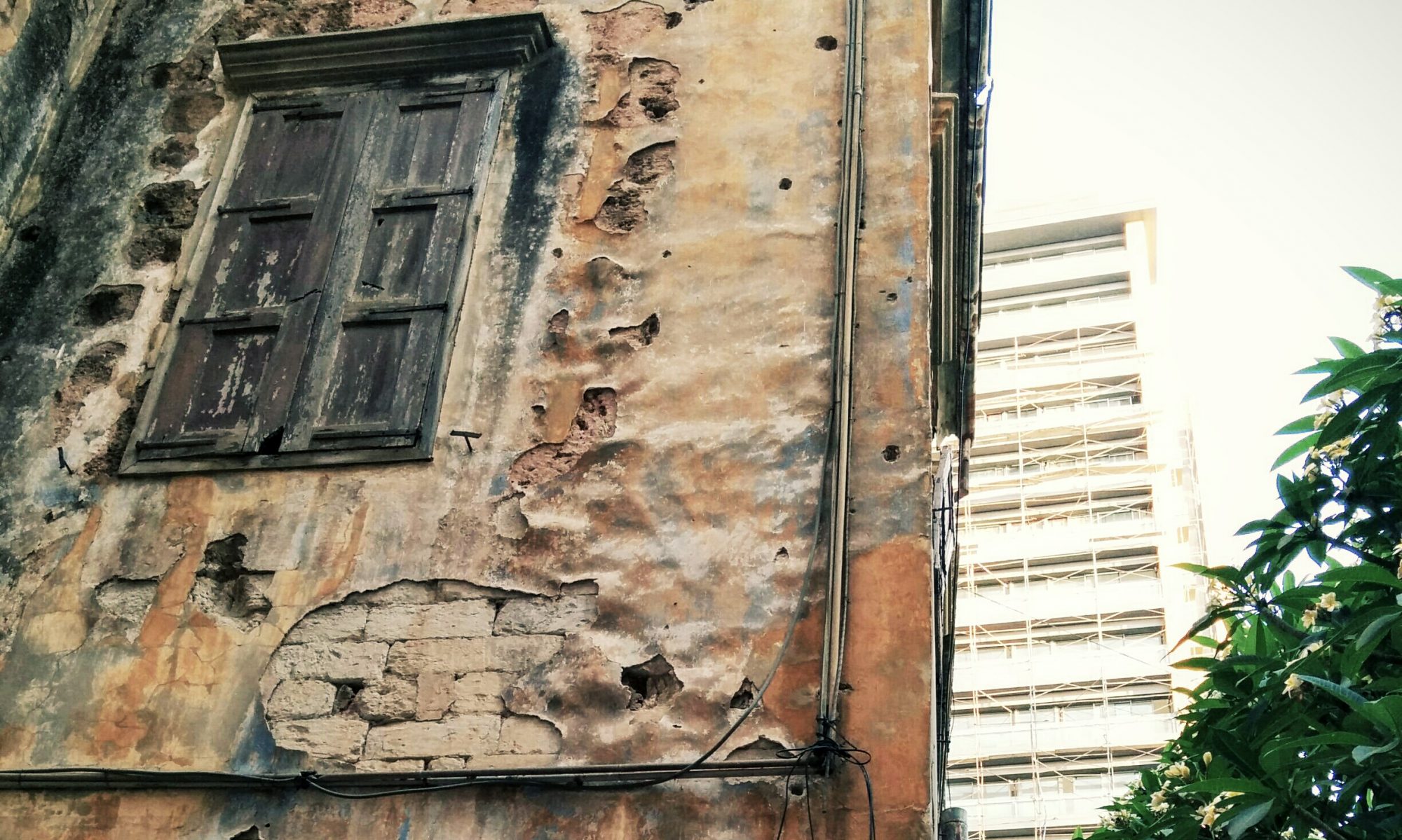These are thoughts inspired from reading Talal Asad’s Formations of the Secular.
My main little intuition is that there is a peculiar difference between historical western perception of ‘the Jew’ before and after the creation of the state of Israel. A Jew with Israel around is somewhat less threatening than a Jew somewhere in Europe. The territorialization of Jewishness tames antisemitic feelings. First, it gives substance to the Jews, it normalizes them, second, Jews cease to be a perceived disruption in the Western nation-building cultural process. The Jew ceases to be this floating entity but become attached to specific empowered institutions (Israel) that gives it substance at the ideological level. The Jew then can be simultaneously ‘here and there’.
This need for the territorialization of different definitions of subjects (national, religious, ethnic, etc.) owes its genesis to state formation in the West that transported rigidities from religious-based institutional practices to state’s “rule of law”. The gentile becomes the secular citizen. But there are specific practices a ‘secular’ citizen engages in that do not tolerate the practices of other minorities. Secularization is a ‘way of life’, a social set of rules and regulations that reaches down to the management of individual bodies (of subjects). What the “Jew” experienced a century ago, a “Muslim” experience it today. The modern-state has a ‘minority problem’. But here I can let Asad speak.
Asad is very keen on showing that he does not fall in the idea that the secular is just another religion, but that the very definition of the religious that we rely on (the academia and other producer of knowledge that spread prevailing doxas, hegemonies, etc.) is political and serves to push for a particular discursive definition of what the secular is.


